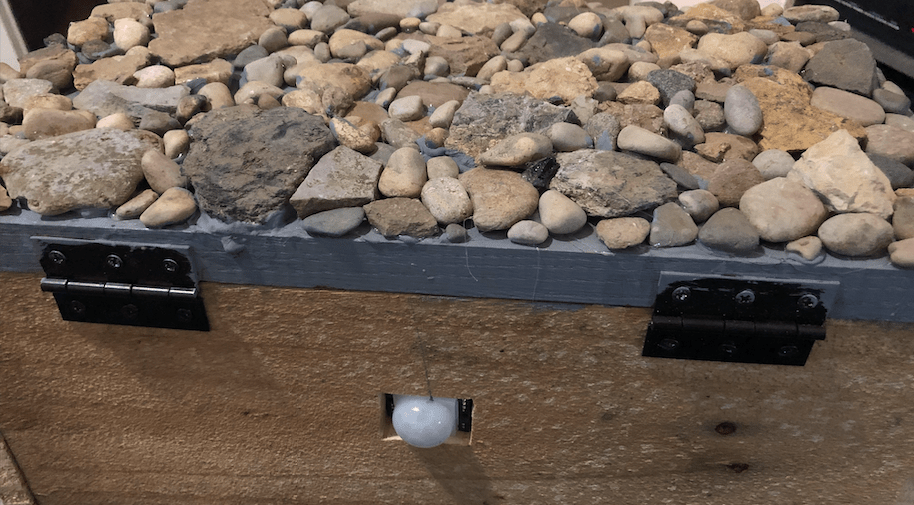The basis of this project was to create mesmerizing patterns from a laser. My final iteration I used (2x) DC Motors, each attached with a mirror as well as (2x) lasers. Both lasers hit the first spinning mirror and then hits the second spinning mirror, allowing unique patterns to form. This idea came into fruition for my love of animals. As a pet owner, I like to use the lasers to play with my cats. They enjoy chasing the laser. Anyway, I was soon mesmerized by the way it can make shapes and patterns when you spin it real fast enough with your wrist. I decided to take this idea and turn it into a real project I like to call Laser Spirographs. The lasers activate when there is motion detected, thus causing the lasers to spin. This installation piece was case specific in a stairwell at DAAP at the University of Cincinnati. I quite literally put my blood, sweat and tears into this project and I hope you enjoy.

First Iteration
For the first iteration, I housed the internals in cardboard shoe box. Added the motion sensor in the back. I was unable to get (2x) DC motors in this iteration, so I stuck with one DC motor and I used (2x) laser. This was powered via my laptop. The result is below.
Second Iteration
I was able to construct a heavy duty wood work piece to mount my internals in. Was able to get the other DC motor to function properly to allow both mirrors to work. Moved the motion sensor to the side. Added a latch mechanism as well as paid attention to detail with the rocks. This was powered by a portable battery pack. I was able to get the laser patterns to be far more intricate. The result is below.
This video below you can see me trouble shooting with the internals in regards to getting the second mirror to spin as well as working on getting a unique laser pattern. The troubleshooting occurred during this project with the wire coming consistently loose from the DC motors. And making sure the mirrors were securely mounted to the DC motor. I also had trouble getting the mirror to be an appropriate degree for the DC motor. Both mirrors had to be at a fixed length from each other and each mirror had to be between 1 and 5 degrees for a laser spirograph pattern to occur. As for the motion sensor, I used a button for the DC Motors to be activated. This helped immensely as you can see with troubleshooting.
